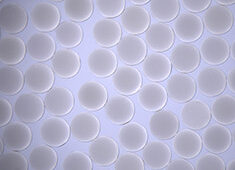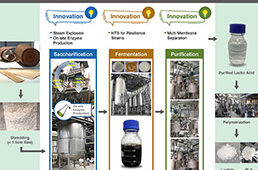
Inspired by the ability of cacti to sop up as much water as they can, scientists have created a new material that could be beneficial for new and improved cosmetics, medical devices and other commonly used products.
Researchers from Pohang University of Science and Technology have developed a cactus root-inspired material (CRIM) that has the ability to rapidly absorb and retain water, while minimizing the amount that is evaporated without changing other physical properties.
“Without undergoing sophisticated chemical synthesis or surface modification, the CRIM exhibited efficient water absorption and retention ability with high structural stability,” the study states.
Cacti feature a shallow, but extensive root system that allows the desert plant to soak up precipitation during rare desert rainfalls that seldom penetrate more than a few inches into the soil. The roots also dehydrate and shrink during droughts, creating air gaps that prevent water from escaping back into the soil.
To imitate the root system, as well as the cacti’s outer covering, the researchers created a material composed of cellulose fibers, agarose cyrogel and microparticles. The team then made a cylindrical-shaped gel and freeze-dried it to form a structure that is similar to the layered composition of the cactus root epidermis.
Laboratory tests confirmed that the cactus-root-inspired-material is capable of absorbing water nearly 930 times faster than it loses through evaporation. The mixture of cellulose fibers, microparticles and cyrogel is also adjustable for customizable needs.
According to the study, 82 percent of the total water absorption capacity was recovered within one minute, while only 17 percent of the length extension occurred.
For example, by adding water-repellant microparticles to the system, researchers could produce a material useful in oil separation and other oil-based engineering processes.
The study was published in ACS Macro Letters.




